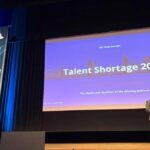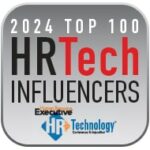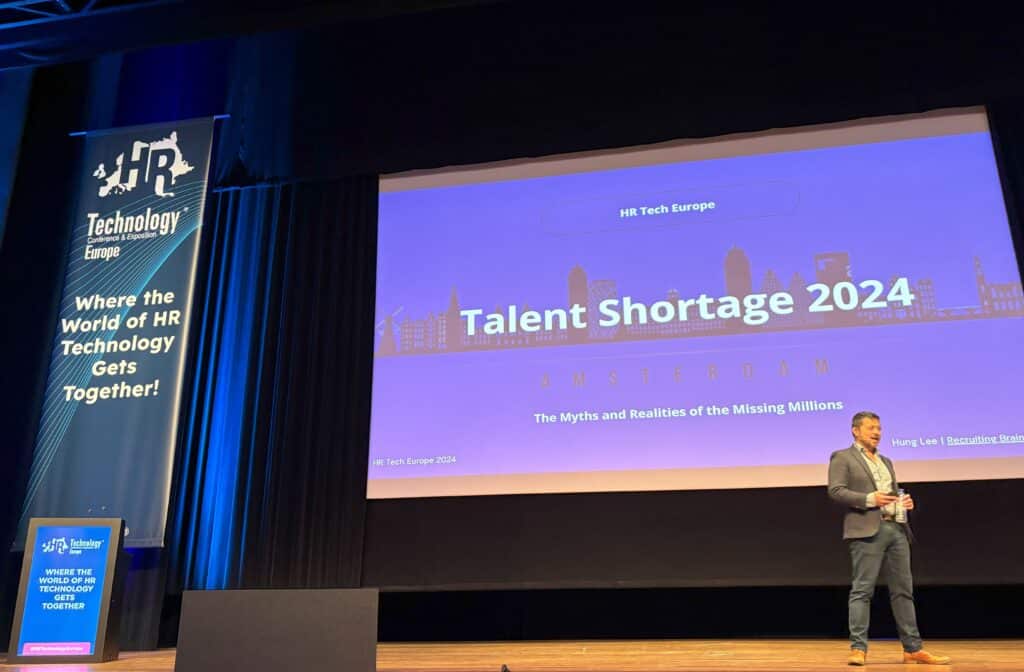
The demand for effective leadership has become crucial in the rapidly changing business ecosystem. For one thing, digitalization is changing business processes and practices and, for another — hybrid work models are bringing in teams from different geographies. Finally, with everything changing so fast, continual learning has become a necessity.
Everything considered, building better leaders for the future is so much more than just a matter of personal development; it is about cohesion, streamlining, and adaptation.
Adapting to a Changing World
Leadership has always been evolving, so much, in fact, that present practices hardly have anything in common with the original concept of management. To understand the dynamics of contemporary leadership, factors that have driven this evolution cannot be overlooked.
Traditional leadership was based on hierarchy and authority, with leaders being fully autonomous. With the rise of industrialization, leadership changed its focus to efficiency, evolving into top-down management.
The phase it reached in the late 20th century can be called transformational leadership, which adopted the concept of mission and vision.
In the 21st century, leadership is influenced by digitalization and globalization, environmental challenges, and shifting cultural norms.
Contemporary Leadership Trends
Typical challenges of modern-day leadership are complex and go beyond the workplace. Those striving to become better managers are expected to adhere to certain societal and environmental trends and be able to adapt fast to whatever may come around.
The latest trend — inclusive leadership — portends advocating diversity and inclusion within the organization and encouraging employees to do the same.
In simple terms, inclusive leadership centers on ensuring that all employees are feeling respected and included regardless of their background or identity.
As a rule, leaders of this sort are committed to creating equity in the workplace, where everyone has the same opportunities. Sounds idyllic, but the practice actually needs to rely on empathy, active listening, open-mindedness, and cultural competence (especially in international teams).
Leading in the Age of Technology
As aforementioned, digital transformation is the real deal. Technology is rapidly integrating into all organizational aspects and has revolutionized processes, communication, and decision-making.
Effective COOs and other leaders need to understand how to best deploy digital tools — including tech trends (IoT, cloud computing, and AI, to name a few), how to make data-driven decisions, and how to deal with remote teams, flexible work models and straightforward employee onboarding.
In addition, leaders need to prioritize cybersecurity and understand potential threats and the importance of protecting sensitive data.
Effective Communication
The way leaders communicate has changed a good deal. In line with contemporary trends, leaders need to develop a distinct communication style that embraces clarity, empathy, transparency, and adaptability.
Cultural sensitivity is critical, so active listening comes in handy here. Conflict resolution remains an invaluable skill, as ever, so soft skills have become paramount in leadership.
Deploying Diverse Management Styles
Leaders simply need to adopt diverse management styles as to lead and inspire their teams efficiently. There are many styles that can be adopted, of which we’ll hereby mention only the most common ones, as follows:
- Transformational leadership (explained above)
- Democratic leadership (involving teams in decision-making)
- Transactional leadership (setting clear expectations and providing performance rewards)
- Laissez-Faire leadership (grants a high degree of autonomy to teams)
- Coaching leadership (focusing on the long-term employee development)
- Situational leadership (adapting leadership styles based on specific circumstances)
- Agile leadership (promoting a culture of continuous learning)
- Results-oriented leadership (prioritizing outcomes and holding teams accountable)
- Collaborative leadership (encouraging teamwork and open communication)
Leadership Qualities for the New Age
In the digital age, leadership has transformed into a curious skill of navigating the complexities of “whatever may come next.”
Since no one seems to know what the future will look like in a year (let alone ten years), leadership is, basically, relying on adaptability, data-driven decision-making, understanding of emerging technologies, managing remote teams, fostering a sense of collaboration, encouraging innovation, and resilience.
Customer-Centric Leadership
One notable change new tech has ushered is the customer-centric approach. With customers having more choices than ever, leaders need to emphasize customer needs and expectations and rely on digital tools to improve the overall customer experience.
This process is a complex one, so we’ll mention its critical elements:
- Understanding customer behavior (using data analytics and insights to understand customers’ motivation, preferences, and pain points)
- Personalization (tailoring products and services to individual preferences)
- Multi-channel engagement (providing consistent experience across all popular channels, including but not limited to websites, mobile apps, and social media)
- Agile response to customer feedback (addressing customer concerns promptly and making improvements based customers’ suggestions)
- Digital customer service (deploying chatbots and other AI-driven customer service solutions)
It’s no rocket science that digital technologies have made the world more interconnected than ever. With all other aspects mentioned above, it’s evident that leaders need to have a global perspective and understand international markets and cultures.
Continuous learning can help in this regard, but it’s even more important to keep an eye on developments and adapt fast.







